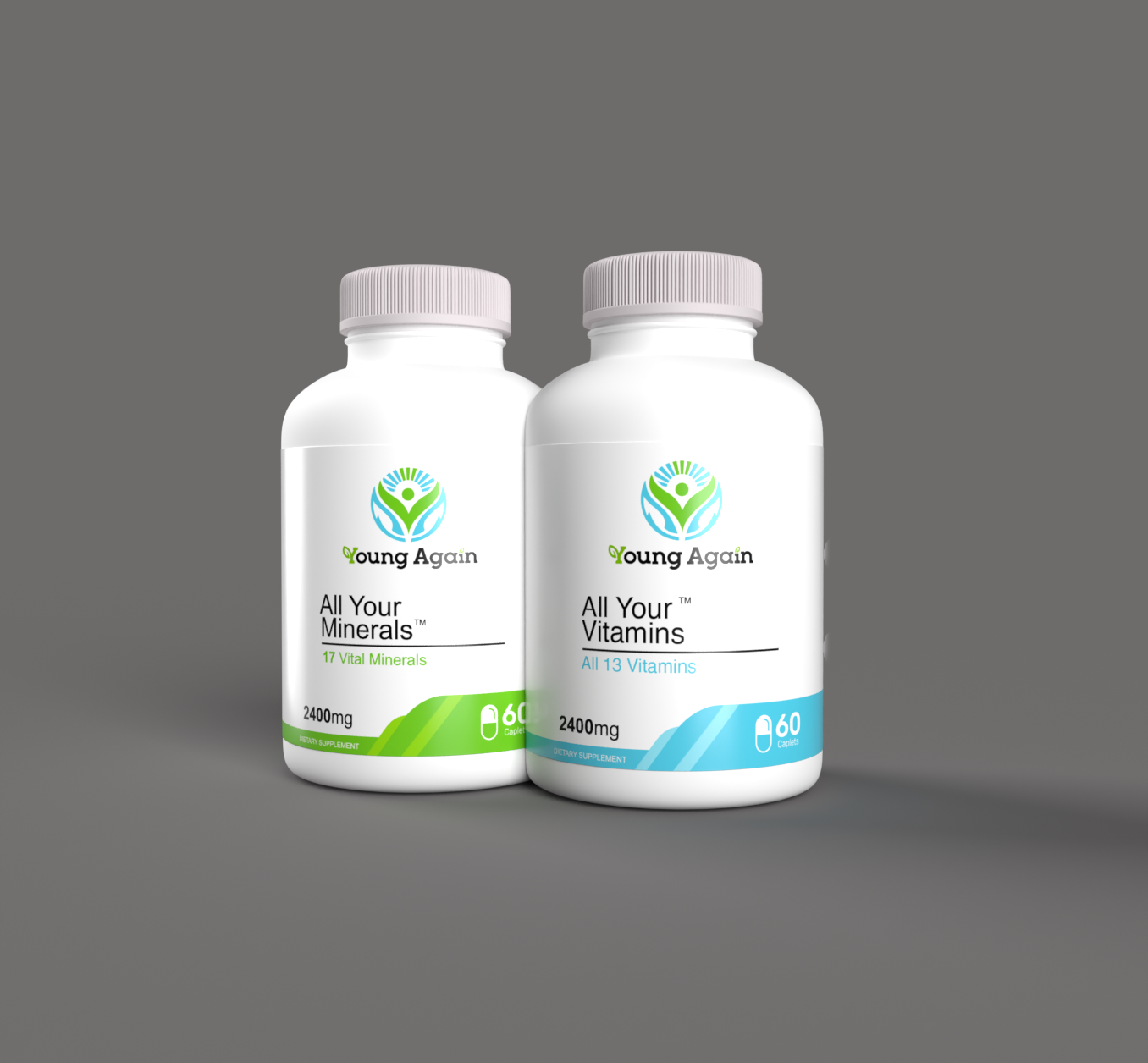
Fiber, Fermented Foods, and Probiotics — Concrete Ways to Improve Gut Health After 60
Share
Your gut is a living system, not just a digestive machine. It thrives—or struggles—based on what you feed it. And after age 60, giving it the right support is more important than ever.
This post focuses on three of the most powerful tools for gut health: fiber, fermented foods, and probiotics. Backed by science and easy to implement, these habits can improve digestion, strengthen immunity, reduce inflammation, and help you feel more vibrant day to day.
“When you nourish your gut, you nourish your whole self—from your brain to your bones, your mood to your immune system.”
Why Gut Support After 60 Matters More Than Ever
Aging brings natural shifts in digestion, including:
- Lower stomach acid levels: This impairs nutrient absorption and defense against harmful bacteria.
- Slower motility: Food and waste move more slowly, increasing the risk of constipation and imbalance.
- Changes in microbiome composition: Beneficial strains decrease, and inflammation-promoting microbes can increase.
- More medication use: Many older adults take medications (like antibiotics, antacids, NSAIDs) that disrupt gut flora.
The result? Digestive discomfort, poor nutrient absorption, weakened immunity, and increased risk for chronic conditions. But the good news is that even small daily changes can make a big difference.
1. The Power of Fiber
Fiber is one of the most essential—yet often under-consumed—nutrients for adults over 60. It feeds the beneficial bacteria in your gut and helps produce short-chain fatty acids (SCFAs) like butyrate, which reduce inflammation and strengthen the gut lining.
Types of fiber that matter most:
- Soluble fiber: Found in oats, flaxseed, apples, and legumes. It slows digestion, balances blood sugar, and feeds your microbes.
- Insoluble fiber: Found in whole grains, vegetables, and seeds. It adds bulk and keeps things moving through your system.
- Prebiotic fiber: Found in garlic, onions, bananas, and asparagus. It specifically fuels the growth of probiotic bacteria.
Recommended intake: Women over 60 should aim for at least 21 grams of fiber per day; men, at least 30 grams. Most Americans get less than half that.
2. Fermented Foods: Nature’s Probiotics
Fermented foods are rich in live bacteria and enzymes that help restore balance to the gut. They're one of the simplest ways to introduce beneficial microbes into your daily routine—no capsules required.
Top choices for older adults:
- Yogurt (with live cultures): Supports digestion and calcium absorption.
- Kefir: A fermented dairy drink with up to 30 strains of beneficial bacteria and yeast.
- Sauerkraut & kimchi: Rich in probiotics and also fiber—just go easy on sodium.
- Miso & tempeh: Fermented soy foods that offer probiotics and protein.
- Kombucha: A fermented tea that provides probiotics and polyphenols (antioxidants).
Tip: Add a small serving (2–4 tablespoons) of fermented food to one or two meals per day. Start slow if you’re not used to it to avoid bloating.
3. Probiotics: Supplemental Support
While diet should always come first, probiotic supplements can help restore gut balance—especially after antibiotics, illness, or prolonged digestive issues.
What to look for:
- Clinically studied strains: Such as Bifidobacterium lactis, Lactobacillus acidophilus, and Lactobacillus rhamnosus.
- Proper dosage: Look for CFU counts in the billions (e.g., 5–20 billion CFU per capsule).
- Delayed-release capsules: Protect probiotics from stomach acid and ensure delivery to the intestines.
Always consult your healthcare provider before starting a new supplement, especially if you have a health condition or are taking medication.
Putting It All Together: A Sample Gut-Healthy Day
If this feels like a lot, here’s a simple example of what a microbiome-nourishing day could look like:
- Breakfast: Oatmeal with flaxseed, berries, and a spoonful of plain kefir
- Lunch: Lentil soup with sautéed onions and garlic, side of raw sauerkraut
- Snack: Apple with almond butter and green tea
- Dinner: Grilled salmon, roasted asparagus, quinoa, side of miso soup
- Evening: Optional probiotic capsule or a glass of kombucha
Simple, tasty, and gut-friendly.
The Takeaway
Your gut is the gateway to so much more than digestion. By focusing on fiber, fermented foods, and probiotics, you're not just easing bloating or regularity—you're supporting your mood, your immunity, your heart, and even your brain.
“Gut health is whole health. And every meal is a chance to choose nourishment over depletion.”
Start small. Add one fiber-rich snack. Pick up a fermented food you haven’t tried. Talk to your doctor about probiotics if you’re struggling. It’s never too late to rebuild a better gut.
References
- O’Toole, P. W., & Jeffery, I. B. (2015). Gut microbiota and aging. Science, 350(6265), 1214–1215. https://doi.org/10.1126/science.aac8469
- Makki, K., et al. (2022). Impact of dietary fiber on gut microbiota and metabolic health. Nature Reviews Endocrinology, 18(7), 447–461. https://doi.org/10.1038/s41574-022-00661-z
- Salazar, N., et al. (2019). Fermented foods and gut microbiota in health and disease. Nutrition Reviews, 77(7), 487–496.
- Sanders, M. E., et al. (2018). Probiotics and prebiotics in intestinal health and disease. Gastroenterology, 154(2), 415–429.
- National Institute on Aging. (2023). How Aging Affects the Digestive System. https://www.nia.nih.gov/health/aging-and-your-digestive-system

